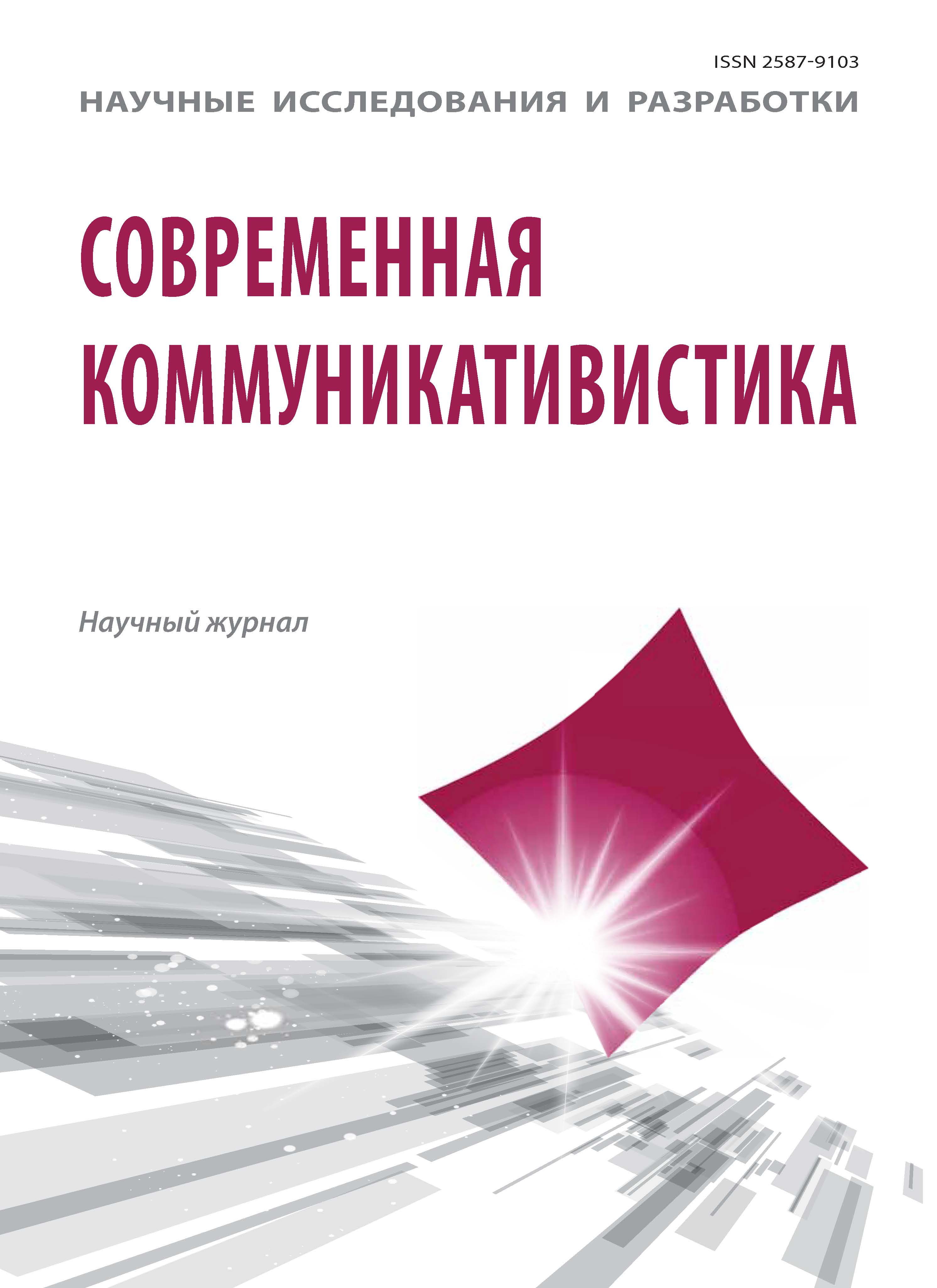The article was prepared during the work on the dictionary of cognitive terms. It highlights some results of the project work: aspects of the cognitive terms description in a new educational dictionary, methodological and instrumental approaches taken during the dictionary project. The research approach is based on the methodology of cognitive semantics. The dictionary may become a textbook for those who study cognitive linguistics and a reference book for researchers in the field of cognitive science. The main goal of this lexicographic source is to describe a term both as a minimal component of scientific knowledge and as a unit of the lexical level of language. Modeling of the knowledge format is carried out with the help of corpus and software instruments, including cognitive (associative) experiment. The novelty of the dictionary is that this thesaurus-encyclopedic sourse presents terms in their system nature. The term use is analyzed on the material of modern scientific communication and illustrated with examples from scientific discourse. The corpus of examples from scientific communication and the subcorpus of popular science communication examples are compiled by the project participants according to technologies and rules of corpus linguistics. The data collected as a result of the scientific communication analysis is verified by comparing it with the results of an associative experiment and with the data of popular science communication subcorpus. This explains the fundamental novelty of the dictionary and its applicability for clarifying the issues of scientific communication in cognitive aspect.
term; thesaurus; cognitive linguistics; scientific communication; corpus of texts
1. Asadov A., Horoshilov V. Chto takoe filologiya i v chem raznica yazyka pokoleniy // Sila toka. 2021[Elektronnyy resurs]// URL: https://music.yandex.ru/album/16148543/track/95753738?dir=desc&activeTab=about (data obrascheniya: 12.03.22).
2. Bogin G.I. Sovremennaya lingvodidaktika. Kalinin: Kalinin. gos. un-t, 1980.
3. Golovin A. Kak mashiny ponimayut tekst? - Viktoriya Zemlyak // Kritmysh'. 2021 [Elektronnyy resurs]// URL: https://music.yandex.ru/album/6965541/track/81820725?dir=desc&activeTab=about (data obrascheniya: 05.06.22).
4. Ivanov D.I., Lakerbay D.L. Antropocentricheskaya paradigma sovremennogo gumanitarnogo znaniya: metadisciplinarnyy "dom teoriy" // Vestnik Tomskogo gosudarstvennogo universiteta. Filologiya. 2019. № 58. S. 168-195.
5. Ivancova E. V., Solomina E.V. Ob effektivnyh metodah zapisi spontannoy ustnoy rechi pri izuchenii yazykovoy lichnosti // Vestnik Tomskogo gosudarstvennogo universiteta. Filologiya. 2014. № 3(29). S. 14-27.
6. Karaulov Yu.N. Russkiy yazyk i yazykovaya lichnost'. M.: Nauka, 1987.
7. Klepikova T.A., Besedina N.A. Mezhdunarodnaya nauchno-prakticheskaya konferenciya«Yazykovaya lichnost' v kontekste vremeni»(26 noyabrya 2010 g.) // Voprosy kognitivnoy lingvistiki. 2011. № 3. S. 111-114.
8. Kolesov V.V. Kognitivistika v aspekte terminologii // Voprosy kognitivnoy lingvistiki. 2013. №1 (34). S.48-55.
9. Plehanov D. Roman Buzunov - kak s pomosch'yu sna izmenit' svoyu zhizn' // Optimum. 2020 [Elektronnyy resurs]// URL: https://music.yandex.ru/album/10901278/track/68533894?activeTab=track-list&dir=desc (data obrascheniya: 23.05.22).
10. Pozdnyakov A. Kak onlayn obuchenie izmenit sistemu obrazovaniya // The Big Beard Theory. 2020 [Elektronnyy resurs]// URL: https://music.yandex.ru/album/6408431/track/65163535?activeTab=track-list (data obrascheniya: 07.06.22).
11. Sabitova, Z.K. Lingvisticheskie obrazy yazyka HHI veka // Voprosy kognitivnoy lingvistiki. 2011. № 1(26). S. 92-97.
12. Tehnika. Sovremennaya enciklopediya [Elektronnyy resurs]// URL: https://gufo.me/dict/technology_modernenc/operativnaya_pamyat' (data obrascheniya: 03.07.22).
13. Tupikova S.E. O kognitivnyh mehanizmah formirovaniya kommunikativnoy tonal'nosti // Voprosy kognitivnoy lingvistiki. 2012. №3 (32). S. 84-90.
14. Shelestyuk E.V. Zavisimost' smyslovogo vospriyatiya i rechevogo vozdeystviya ot urovnya yazykovoy lichnosti // Voprosy kognitivnoy lingvistiki. 2011. №2 (27). S.118-123.







